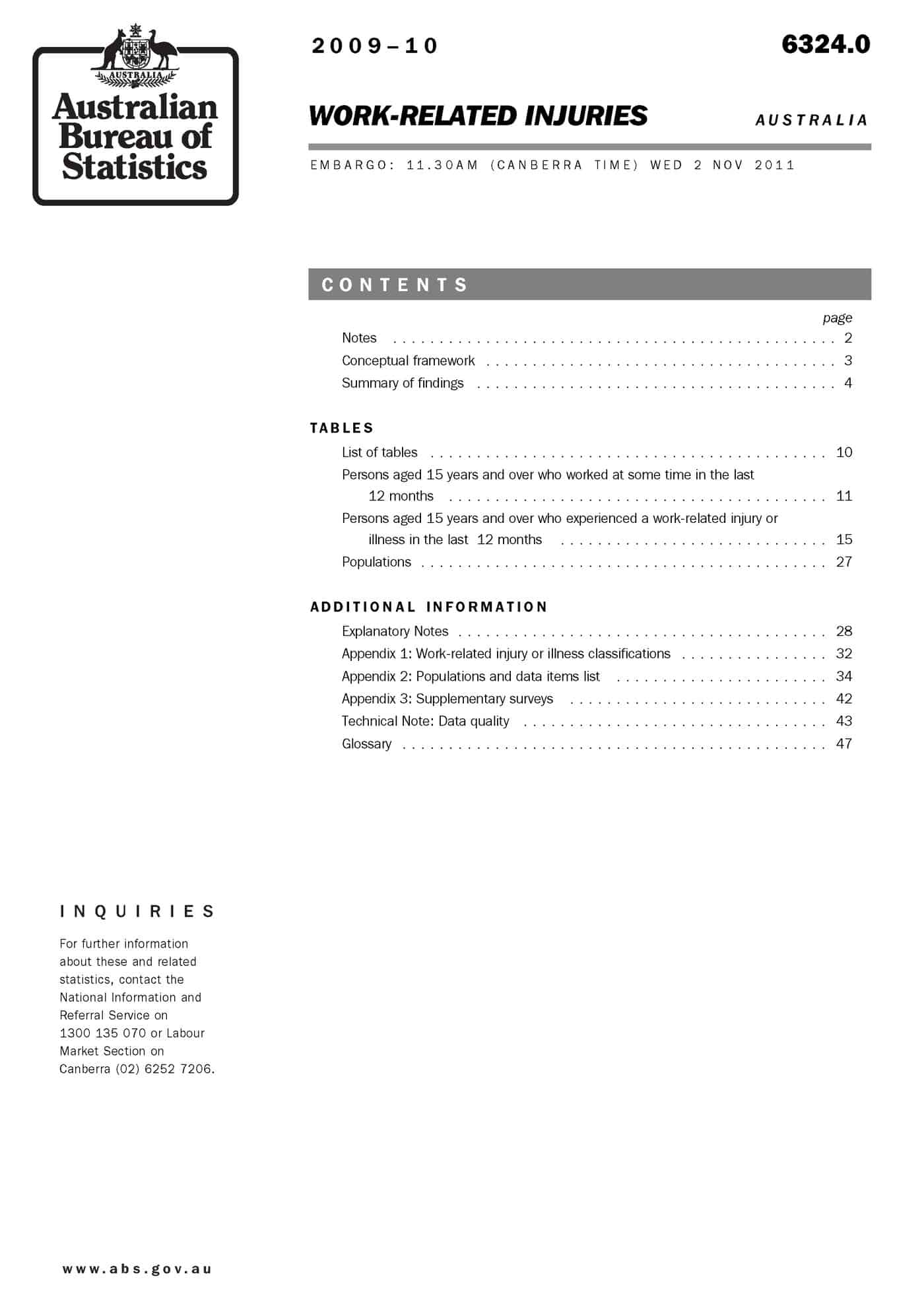Safe Work Australia has released two important statistical reports. One concerns the number of Work-Related Traumatic Injury Fatalities for 2009-10 and the other is called The Cost of Work-Related injury and Illness for Australian Employers, Workers and the Community: 2008-09 .
These reports have gained minimal mainstream media coverage. In a very short article The Australian newspaper preferred to focus on productivity clauses in workplace agreements following a departmental report, as is its choice, but, more significantly, the newspaper’s headline dismisses the report’s cost estimates on “work-related injuries, illnesses and deaths” as “sickies”. The report on costs, from where The Australian drew its $A60 billion reference, includes an evaluation of the cost of workplace fatalities, defined in the report on page 18 as
“a work-related injury or disease, which results in death.”
It is enormously insulting that the newspaper includes workplace deaths in its disparaging headline “Workers’ sickies costing us $60bn”. Minister Bill Shorten states in his media release accompanying the reports that:
“Work-related injuries, illnesses and fatalities have a huge impact on Australian society. They can physically and mentally affect workers, colleagues, employers, families and the community. This latest research is evidence of the significant cost to Australia’s economy. Workplace safety is not just about avoiding human tragedy it is also about reducing economic cost for the nation.”
At a time when the Federal Workplace Relations Minister, Bill Shorten, is trying to bring some rigour and dignity to the issue of workplace safety, The Australian newspaper should be ashamed.



